Ever driven past an old, abandoned building and wondered about the stories hidden within its weathered walls? Across Australia’s vast landscape, entire towns stand frozen in time, their empty streets whispering tales of gold rushes, failed dreams, and changing fortunes.
These forgotten places, once bustling with life and ambition, now draw a different kind of crowd – tourists seeking glimpses into Australia’s pioneer past.
The transformation of these abandoned settlements into modern tourist destinations offers a fascinating glimpse into how history finds new ways to live on. Here are 20 ghost towns across Australia that have traded their past isolation for a new kind of bustling activity – tourism.
Gwalia, Western Australia
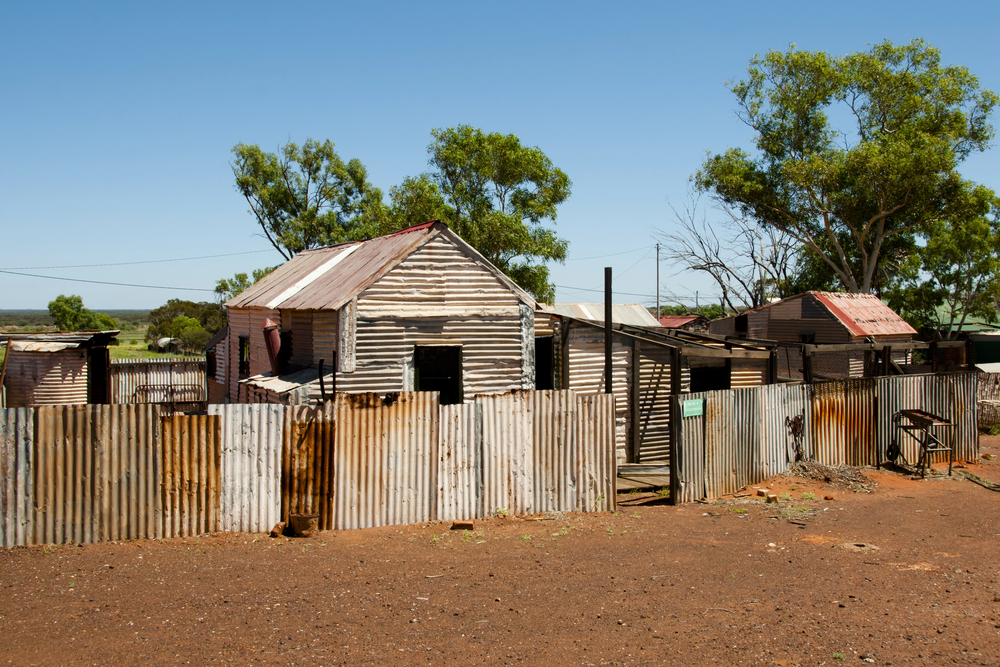
The tale of Gwalia reads like a Hollywood script, complete with a future U.S. President among its cast of characters. Herbert Hoover, then a young mining engineer, lived here before his rise to America’s highest office, leaving behind a magnificent home that still bears his name.
The perfectly preserved miners’ cottages lean against the harsh landscape, their corrugated iron roofs telling stories of the 1,200 residents who once called this place home. Modern visitors can explore Hoover House and its museum, while the restored State Hotel stands as a testament to the town’s former prosperity, its walls echoing with tales of miners who once gathered to share stories of their latest strikes.
Silverton, New South Wales
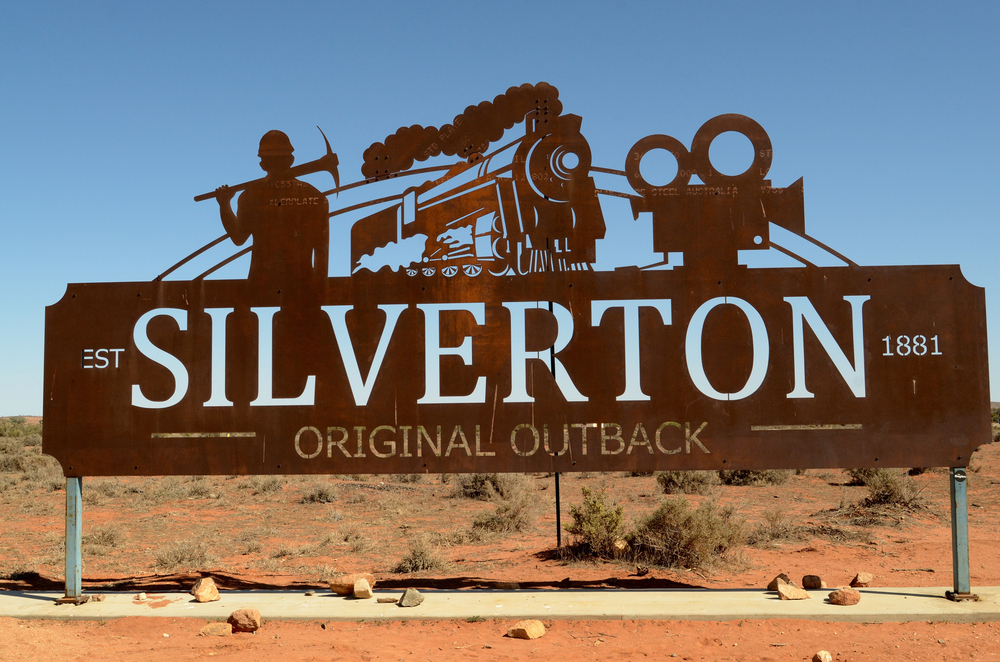
Just a short drive from Broken Hill, Silverton embodies the quintessential outback ghost town that Hollywood couldn’t resist. Movie buffs might recognize its dusty streets and iconic pub from Mad Max 2, while art lovers flock to its galleries housed in historic buildings that seem to defy time itself.
The town’s handful of permanent residents share their home with wandering donkeys, creating an atmosphere that feels both surreal and authentically Australian. Sunset brings a magical quality to the place as the light paints the old buildings in shades of gold, drawing photographers and dreamers alike to capture its timeless beauty.
Like Travel Pug’s content? Follow us on MSN.
Cook, South Australia
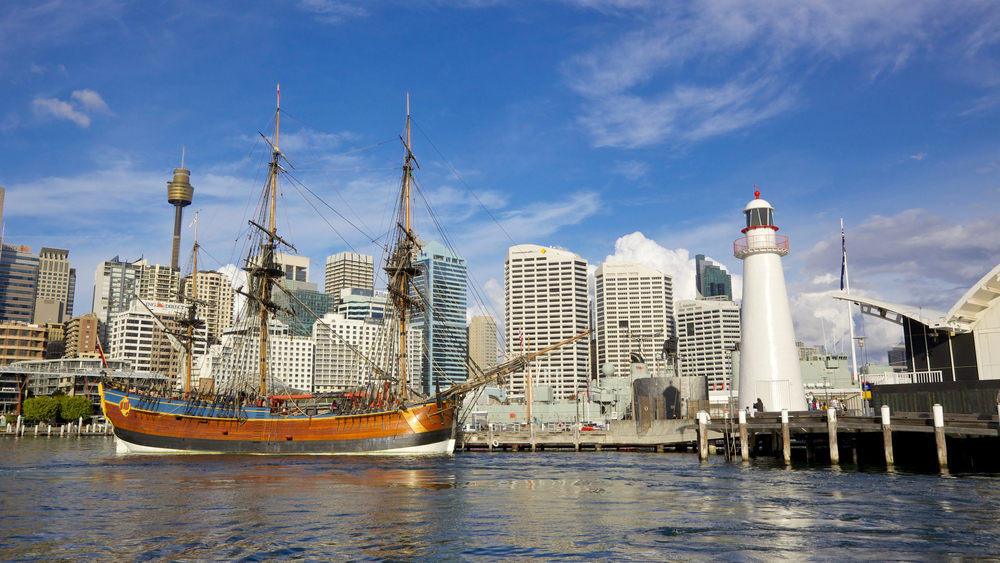
Stranded in the middle of the Nullarbor Plain, Cook stands as a testament to railway history and human determination. Once serving as a vital stop along the transcontinental railway, its abandoned houses and empty swimming pool tell the story of changing times and forgotten dreams.
The town’s water tower still rises above the plain like a sentinel, marking the spot where hundreds of railway workers once made their home in this remote outpost. Today, passing trains still pause here, allowing tourists to experience what it feels like to stand in a place where the horizon meets emptiness in every direction while former public buildings serve as impromptu museums of railway life.
Mount Mulligan, Queensland

Standing in the shadow of an imposing 11-mile sandstone escarpment, Mount Mulligan carries both beauty and tragedy in its story. The site of Queensland’s worst mining disaster has found a new purpose as an exclusive outback retreat, where luxury meets heritage in an unexpected blend of past and present.
Ancient Aboriginal stories of the mountain, known as Ngarrabullgan, interweave with colonial history, creating a unique tapestry of Australian storytelling that spans thousands of years. Visitors can explore the old mine sites and cemetery while staying in high-end accommodation that offers views of the majestic escarpment that local Indigenous people consider sacred.
Farina, South Australia
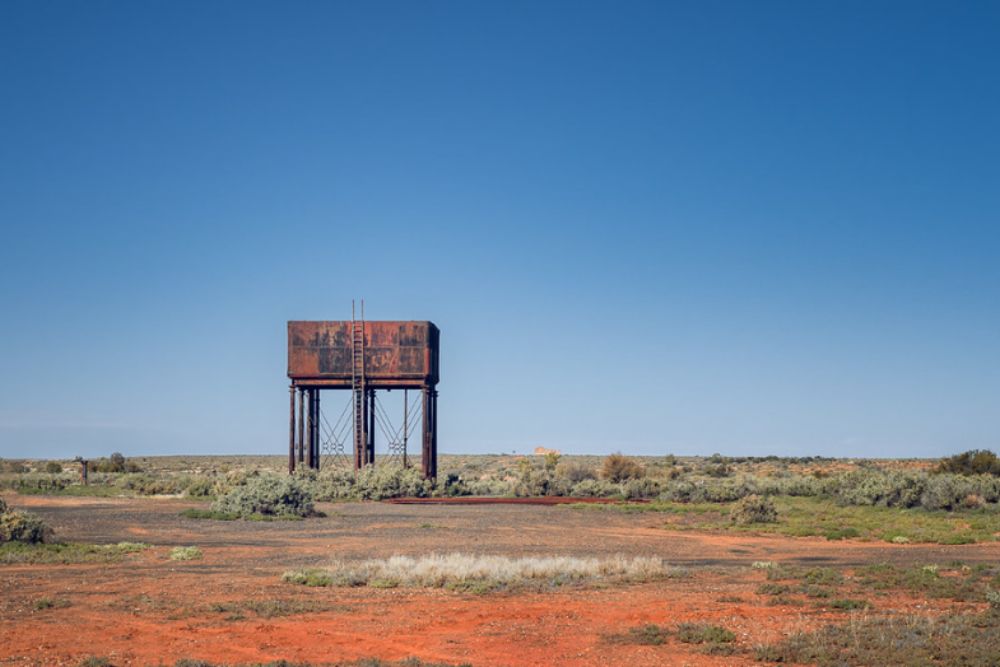
Every winter, volunteers breathe life back into this former wheat-belt town, transforming ruins into living history. The restored underground bakery still produces bread during the annual ‘baking festival,’ filling the air with aromas that transport visitors back to the 1800s when Farina dreamed of becoming a major railway hub.
Detailed information boards stand among the ruins, turning crumbling walls into pages of living history that tell tales of optimistic settlers who battled against an unforgiving climate. The town’s cemetery, with its carefully restored headstones, provides poignant insights into the harsh realities of outback life during the pioneer era.
Like Travel Pug’s content? Follow us on MSN.
Hill End, New South Wales
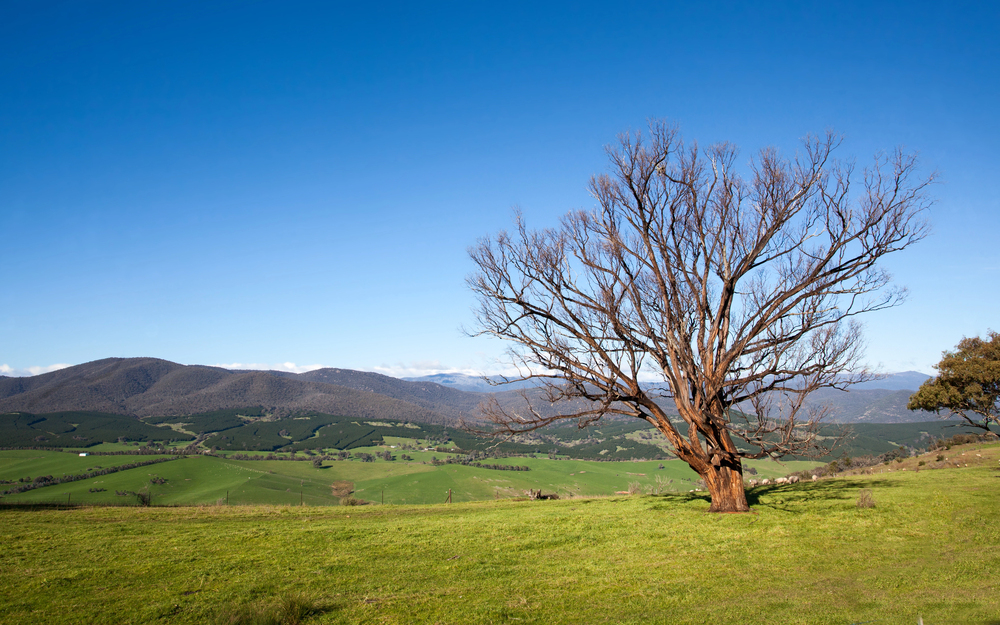
Once home to 8,000 hopeful gold seekers, Hill End now preserves its golden age through a unique blend of art and history that continues to captivate visitors. The same landscapes that inspired famous Australian artists like Russell Drysdale and Donald Friend remain virtually unchanged, drawing new generations of creators and dreamers to its historic streets.
The town’s perfectly preserved colonial buildings house galleries and workshops, while regular archaeological digs uncover new treasures beneath the soil, adding pieces to the puzzle of life during the gold rush era. Visitors can stay in heritage cottages and wake up to misty mornings that make it easy to imagine the town in its heyday when the streets buzzed with the excitement of recent gold discoveries.
Wittenoom, Western Australia
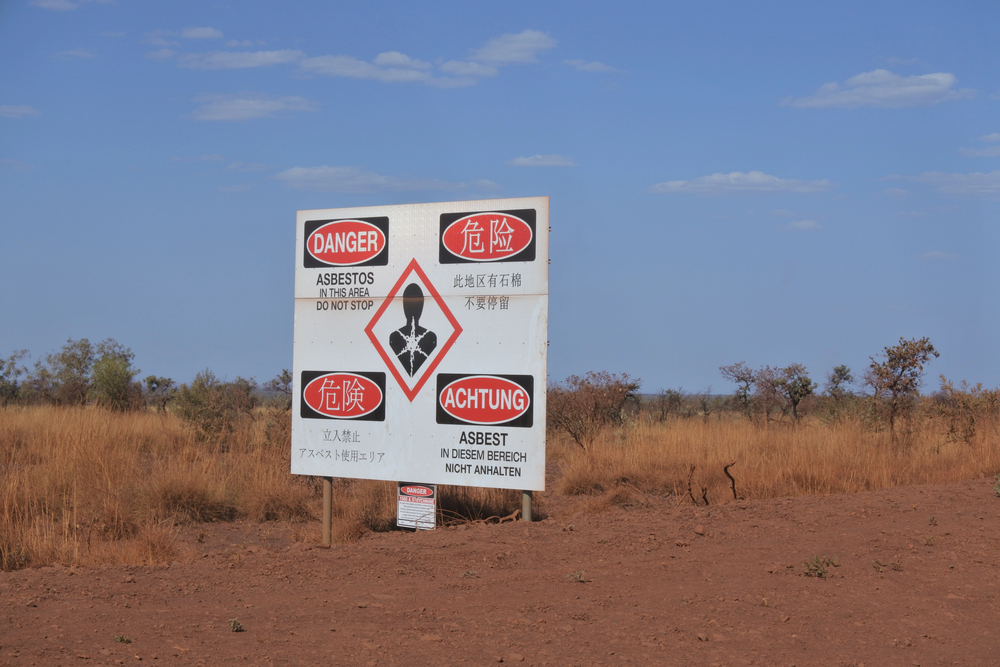
Perhaps Australia’s most infamous ghost town, Wittenoom, stands as a sobering reminder of the cost of industrial progress in the asbestos mining era. Though officially degazetted and too dangerous to visit, its story continues to fascinate those interested in industrial history, serving as both a warning and memorial to the hundreds who lost their lives to asbestos-related diseases.
The town’s blue asbestos mine once employed over a thousand workers, making it the largest mine of its kind in the southern hemisphere. Now, the abandoned streets and buildings slowly crumble in the Pilbara heat while warning signs keep visitors at a safe distance from this tragic chapter in Australian mining history.
Kanowna, Western Australia
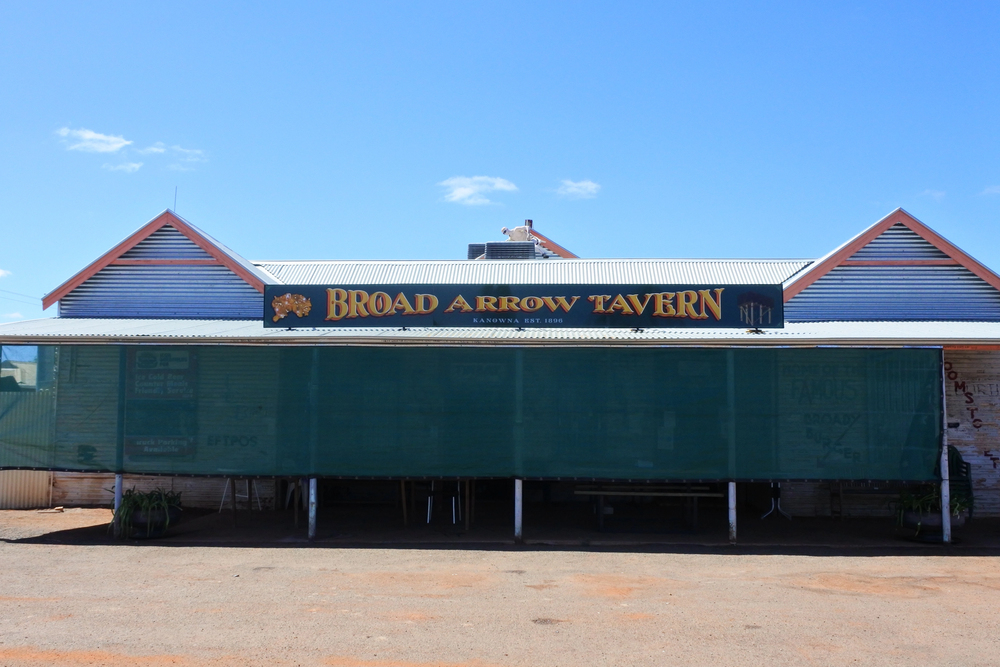
Just outside Kalgoorlie, Kanowna’s remains tell tales of one of the richest gold strikes in Western Australia’s history, where fortune seekers once rushed to stake their claims. Careful observers can still spot beer bottles from the town’s 16 hotels scattered among the red dirt, silent witnesses to the revelry that once filled these now-quiet streets.
Heritage trails guide visitors through the stories of thousands who once sought their fortune here, with interpretive signs bringing to life the daily struggles and occasional triumphs of the mining community. The remnants of the railway station, once the bustling heart of the town, stand as a reminder of how quickly fortunes can change in the goldfields.
Like Travel Pug’s content? Follow us on MSN.
Linda, Tasmania
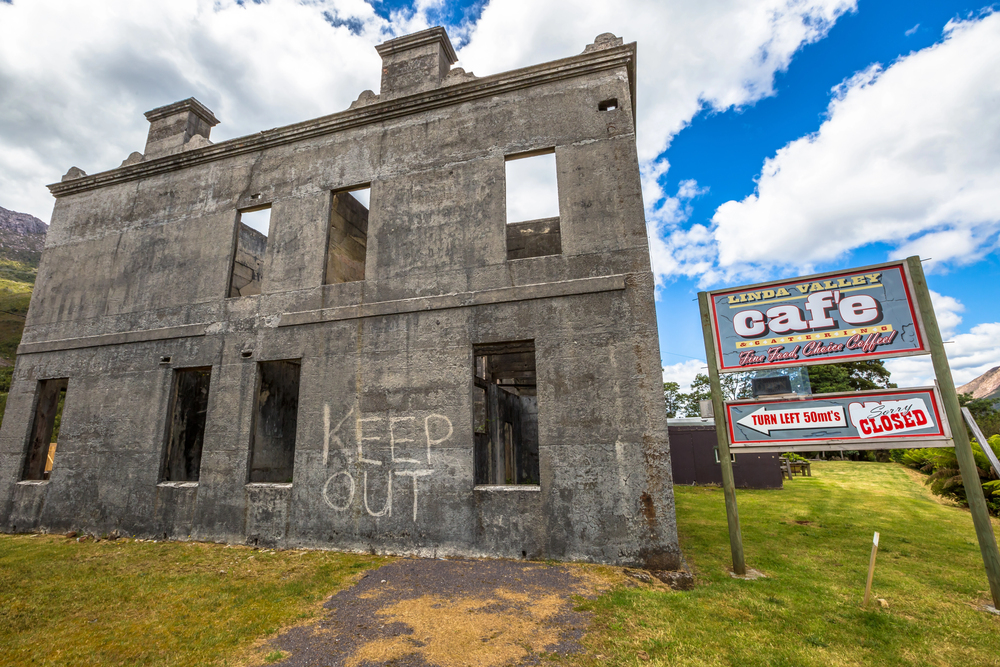
Tucked away in Tasmania’s wild west, Linda’s remaining structures stand as sculptures in a wilderness gallery, where nature and industrial heritage create a hauntingly beautiful tableau. The restored engine house rises from the landscape like a medieval castle, its stone walls defying both time and the infamous Tasmanian weather that encompasses it.
Walking trails weave between relics of the copper mining era, offering visitors glimpses of machinery that seems frozen in time, waiting for workers who will never return. The surrounding rainforest provides a dramatic backdrop to this industrial heritage site, with tree ferns and moss slowly reclaiming what humans left behind, creating an ethereal atmosphere that photographers find irresistible.
Ballara, Queensland
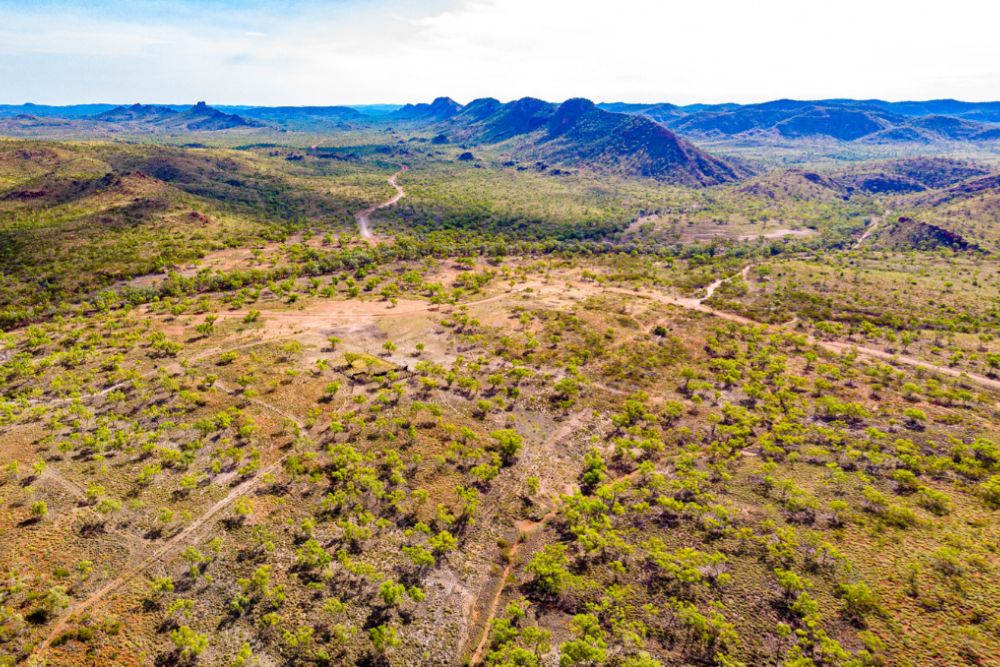
In the heart of the copper country, Ballara’s scattered remnants paint a vivid picture of the boom-and-bust mining life that once defined this corner of Queensland. The cemetery, with its weathered headstones, tells stories of harsh conditions and distant dreams while providing genealogists and historians with valuable insights into the lives of early settlers.
The surrounding landscape offers spectacular views across rust-red hills that still bear the scars of mining operations, drawing outdoor enthusiasts and history buffs alike to this remote location. Former street layouts can still be traced among the rubble, offering visitors a chance to walk the same paths as the miners who once called this harsh but beautiful place home.
Yerranderie, New South Wales
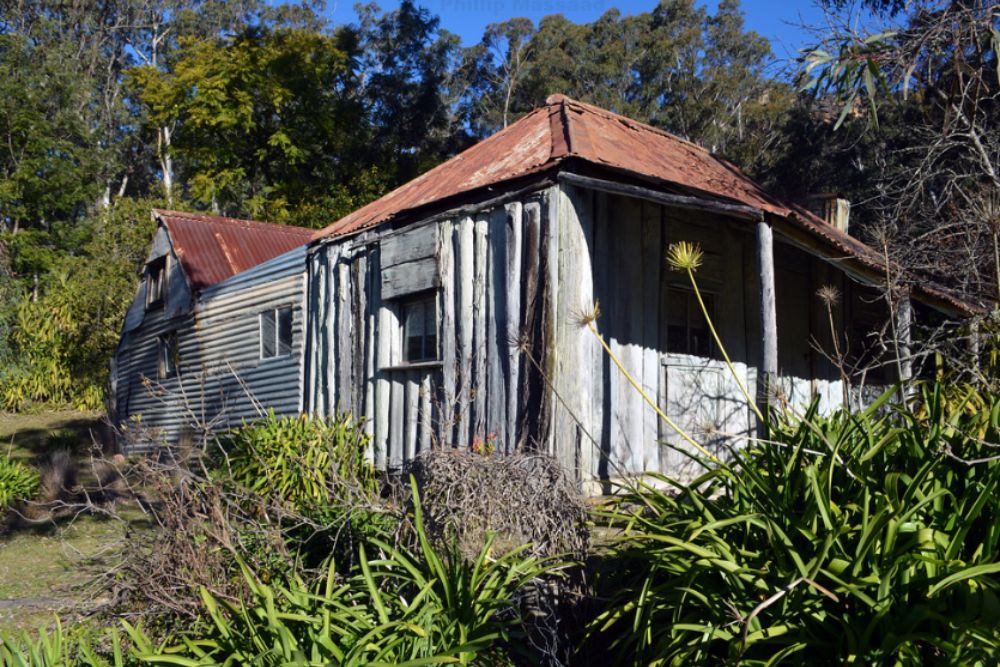
Protected by its isolation in the Blue Mountains, Yerranderie remains one of the most intact ghost towns in New South Wales, offering visitors an authentic glimpse into early 20th-century mining life. The private town has been carefully preserved, with its post office and courthouse standing proud against the backdrop of pristine wilderness that surrounds them.
Getting there is half the adventure, with access only possible through restricted roads or private aircraft, making each visit feel like a journey back in time. The town’s museum houses an impressive collection of artifacts and photographs that bring to life the stories of the silver mining community that once thrived in this remote valley.
Like Travel Pug’s content? Follow us on MSN.
Goldsworthy, Western Australia

This more recent ghost town shows how even modern settlements can fade into history, offering a stark contrast to colonial-era ghost towns. The former iron ore mining town’s empty streets and modern ruins create an almost post-apocalyptic atmosphere, with abandoned contemporary buildings slowly surrendering to the harsh Pilbara climate.
Visitors can explore the remnants of a community that existed well within living memory, making it a powerful reminder of how quickly fortunes can change in mining communities. The empty swimming pool and tennis courts stand as poignant reminders of the vibrant community life that once existed here, while the surrounding landscape bears the dramatic scars of large-scale mining operations.
Maytown, Queensland
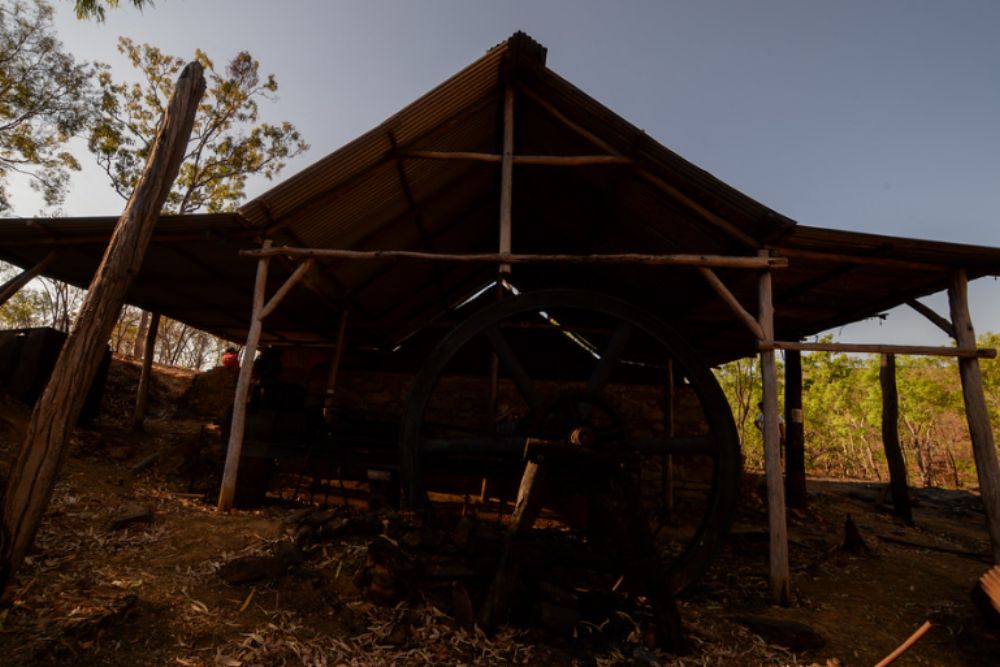
Deep in the Palmer River goldfields, Maytown’s remains whisper tales of one of Australia’s richest alluvial gold deposits that drew thousands of prospectors from around the world. The restored walking trails feature interpretive signs that bring to life the stories of Chinese miners who once made up the majority of the population, creating a unique multicultural community in the heart of the Queensland wilderness.
Visitors can still see the foundations of the town’s many hotels and shops while occasional pieces of mining equipment rust quietly among the trees. The surrounding river flats, once crawling with gold seekers, now offer peaceful spots for camping and reflection on the area’s rich history.
Broad Arrow, Western Australia
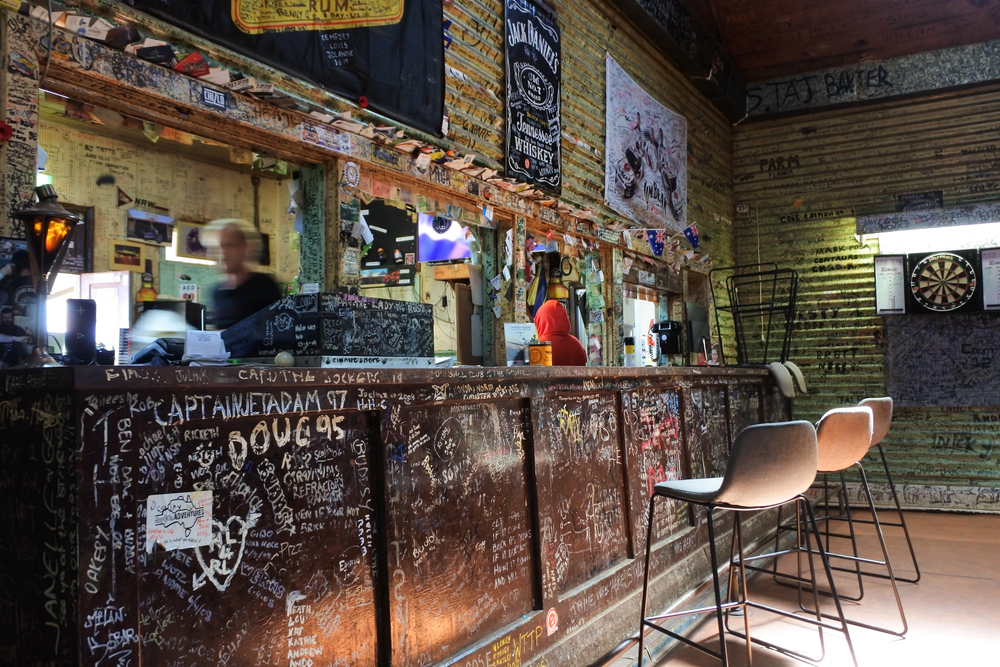
The legendary Broad Arrow Tavern still serves cold beers to visitors, standing as a defiant last outpost in this former gold rush town that refuses to surrender to time completely. The pub’s walls are covered with decades of memorabilia and visitors’ signatures, creating a living museum of the region’s mining heritage that continues to grow with each passing year.
Nearby ruins and remnants create perfect photo opportunities for tourists seeking that quintessential outback ghost town shot while also telling stories of the thousands who once called this place home. The surrounding mulga scrub conceals the remnants of old mines and settlements, where visitors with keen eyes can still spot signs of the gold fever that once gripped this region.
Like Travel Pug’s content? Follow us on MSN.
Moonlight Head, Victoria
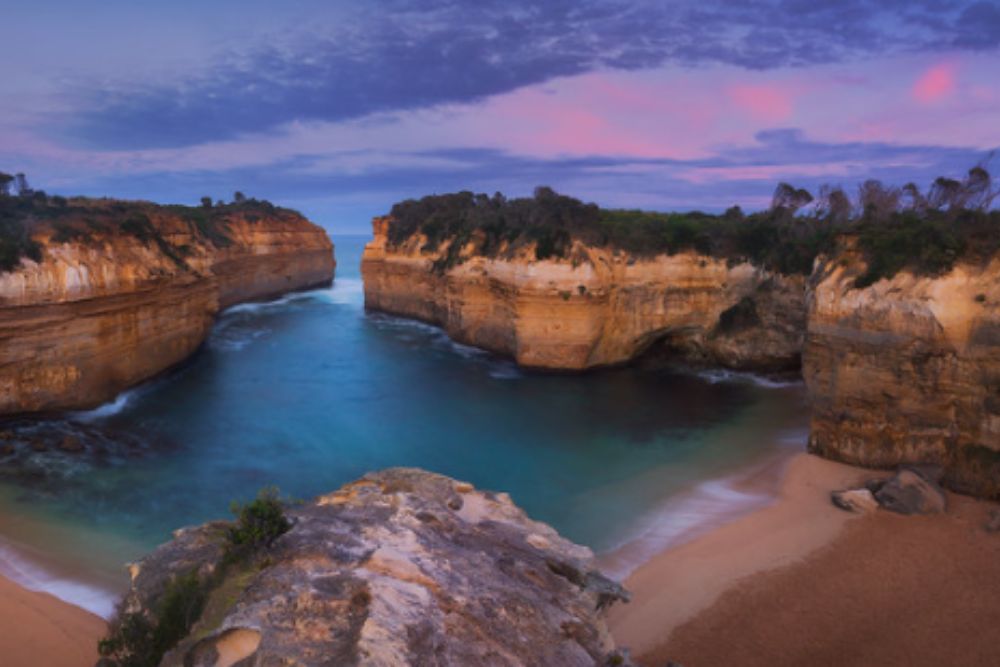
Perched on dramatic coastal cliffs, this former logging settlement offers a unique combination of historical intrigue and natural splendor that draws visitors year-round. The abandoned timber mills and workers’ cottages are slowly being reclaimed by coastal vegetation, creating an atmospheric journey through time for those who venture along the walking trails.
Seasonal whale watching adds another dimension to the visitor experience, as southern right whales and humpbacks pass by the same cliffs that once served as lookout points for colonial timber workers. The surrounding Great Otway National Park provides a stunning backdrop, with its ancient rainforests offering glimpses into what the landscape looked like before logging began.
Ravenswood, Queensland

Unlike many ghost towns, Ravenswood is experiencing a curious rebirth that bridges past and present in unexpected ways. Modern mining operations exist alongside heritage buildings, creating a unique blend of historical preservation and contemporary industry that tells the ongoing story of Australian mining.
The restored Imperial Hotel still offers accommodation, allowing visitors to sleep where gold rush miners once rested, while its ornate iron lacework and wide verandahs transport guests back to the town’s glory days. The surrounding countryside is dotted with mining relics from different eras, creating a living timeline of technological advancement in the industry.
Kanyaka Station, South Australia
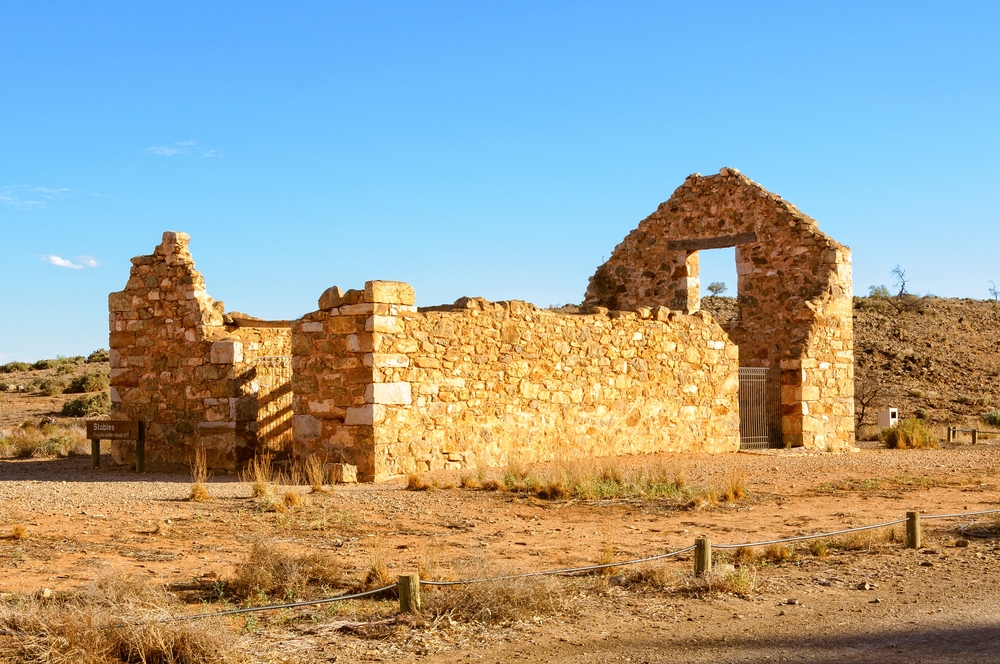
The haunting ruins of this former sheep station stretch across the landscape like a memorial to pastoral dreams that faltered in the harsh outback environment. The restored homestead walls stand strong against time, and their solid stone construction is a testament to the optimism of early settlers who believed they could tame this unforgiving land.
Heritage signs help visitors imagine the busy life that once filled these spaces, from the woolshed that processed thousands of sheep to the workers’ cottages that housed generations of station hands. The site offers spectacular photo opportunities, particularly during golden hour when the sun paints the sandstone ruins in warm hues that highlight their architectural details.
Like Travel Pug’s content? Follow us on MSN.
Malcolm Dam, Western Australia
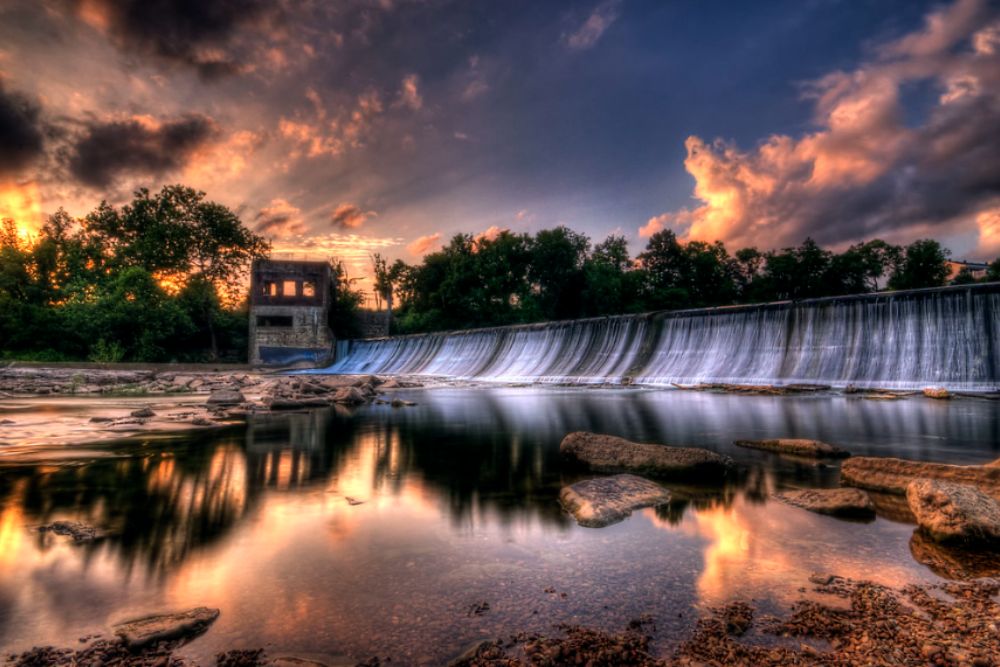
Built to service gold mining operations, this ghost town’s most striking feature is its enormous dam that still catches desert rains, creating an oasis in the arid landscape. The contrast between red earth, blue sky, and the dam’s waters creates spectacular photo opportunities that draw photographers from across the country, particularly during sunrise and sunset.
Local wildlife has claimed the abandoned settlement as their own, with kangaroos and emus regularly seen drinking from the dam that once supplied thousands of miners with precious water. The remaining building foundations and scattered mining equipment tell stories of engineering ingenuity, while the dam itself stands as a monument to the ambitious infrastructure projects that supported Australia’s gold rush era.
Joadja, New South Wales
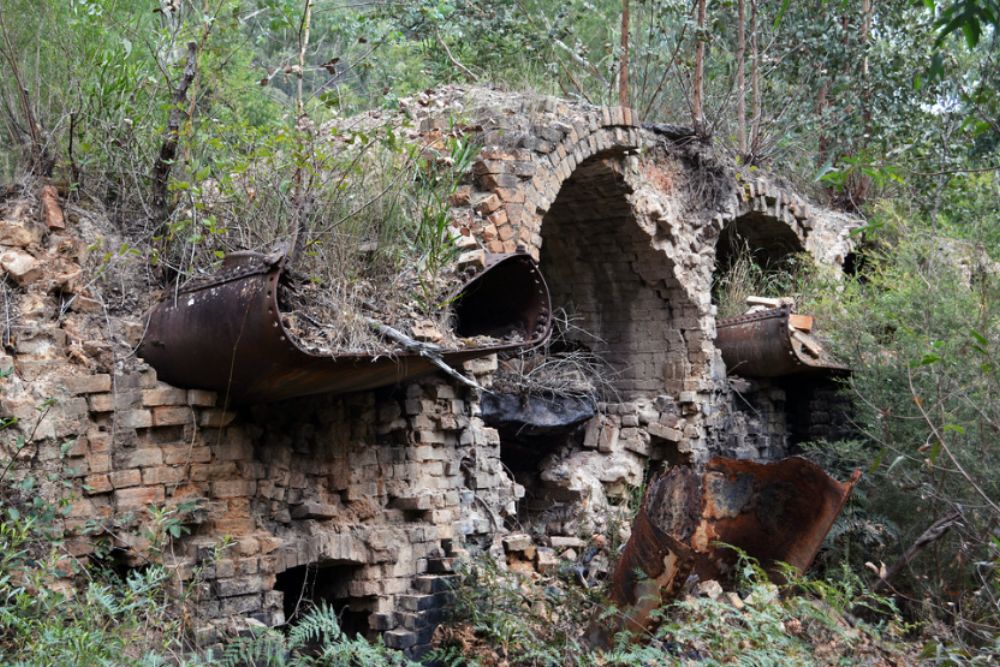
Hidden in a secluded valley, Joadja’s well-preserved ruins tell the story of Scottish miners who created a new life in the Australian bush, bringing their shale mining expertise to this remote corner of New South Wales. Today, the site hosts a boutique distillery that pays homage to the Scottish heritage of the original settlers, producing spirits using traditional methods in the shadow of the historic ruins.
Guided tours take visitors through the old township, where intact cottages and industrial buildings create an immersive historical experience that brings the past to life. The valley’s isolation has helped preserve both structures and artifacts, making it one of the most complete industrial heritage sites in Australia.
Ophir, New South Wales
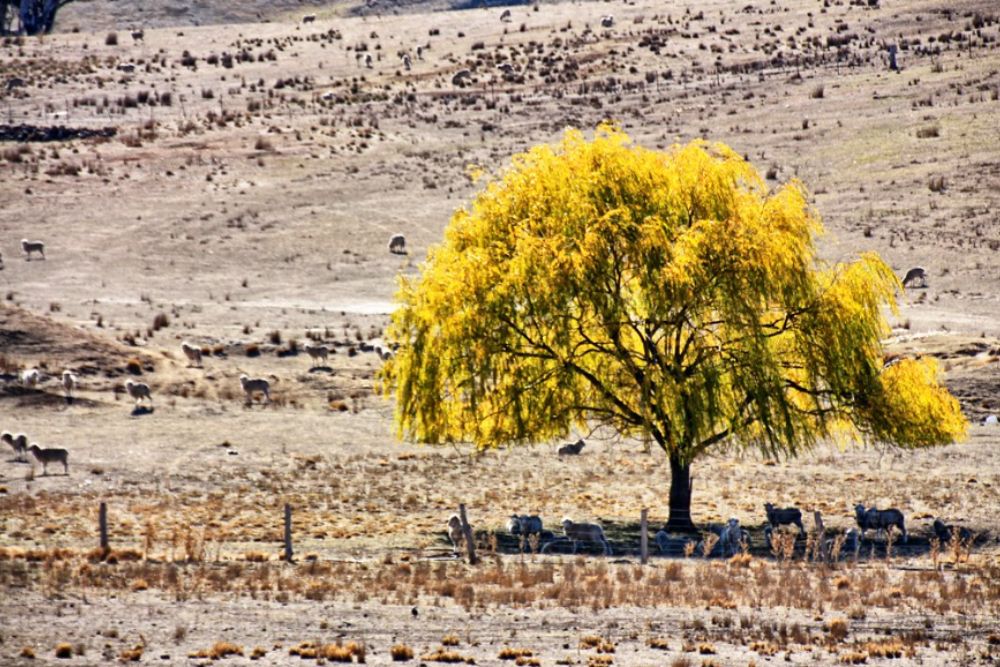
The birthplace of Australia’s gold rush era, Ophir holds a special place in the nation’s mining history as the site of the first payable gold discovery in 1851. The original township site, nestled in a picturesque valley at the junction of Summer Hill Creek and Lewis Ponds Creek, now serves as a fascinating archaeological preserve where visitors can still try their luck at gold panning in the same waters that sparked a nation-changing gold rush.
Walking trails wind through the remnants of the settlement, passing by old mine shafts and processing sites that have been carefully preserved to tell the story of Australia’s first gold-seeking community. The surrounding bushland, which once echoed with the sounds of thousands of miners’ picks and shovels, now offers peaceful camping spots where visitors can spend nights under the same stars that once guided fortune seekers to this historic location.
Like Travel Pug’s content? Follow us on MSN.
Australia’s Living Time Capsules
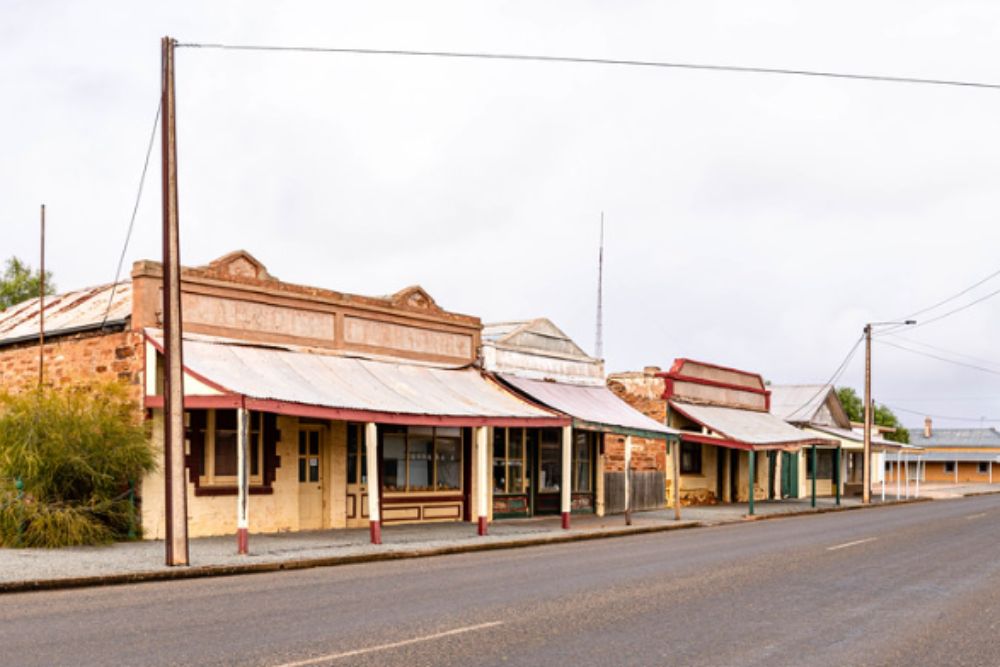
These 20 locations represent more than just abandoned settlements – they’re time capsules that continue to evolve and find new purposes in modern Australia. From movie backdrops to luxury retreats, each ghost town has discovered its unique way to remain relevant while preserving the stories of those who came before.
Their transformation from places of loss to sites of discovery shows how history never truly dies – it just finds new ways to tell its stories.
As Australia continues to change and grow, these ghost towns serve as powerful reminders of the dreams, struggles, and determination that shaped a nation, drawing new generations to walk their quiet streets and imagine the lives of those who came before.
More from Travel Pug

- 15 Dangerous European Cities to Avoid
- 15 Caribbean Islands Where Tourists Keep Getting Scammed
- The 20 Most Fascinating Abandoned Places: A Journey Through Time and Forgotten Spaces
- 15 Hidden Places in the Smithsonian Museums Locals Love: A Guide to Lesser-Known Treasures
- 16 Hidden Florida Beach Towns That Aren’t Overrun with Tourists
Like Travel Pug’s content? Follow us on MSN.
